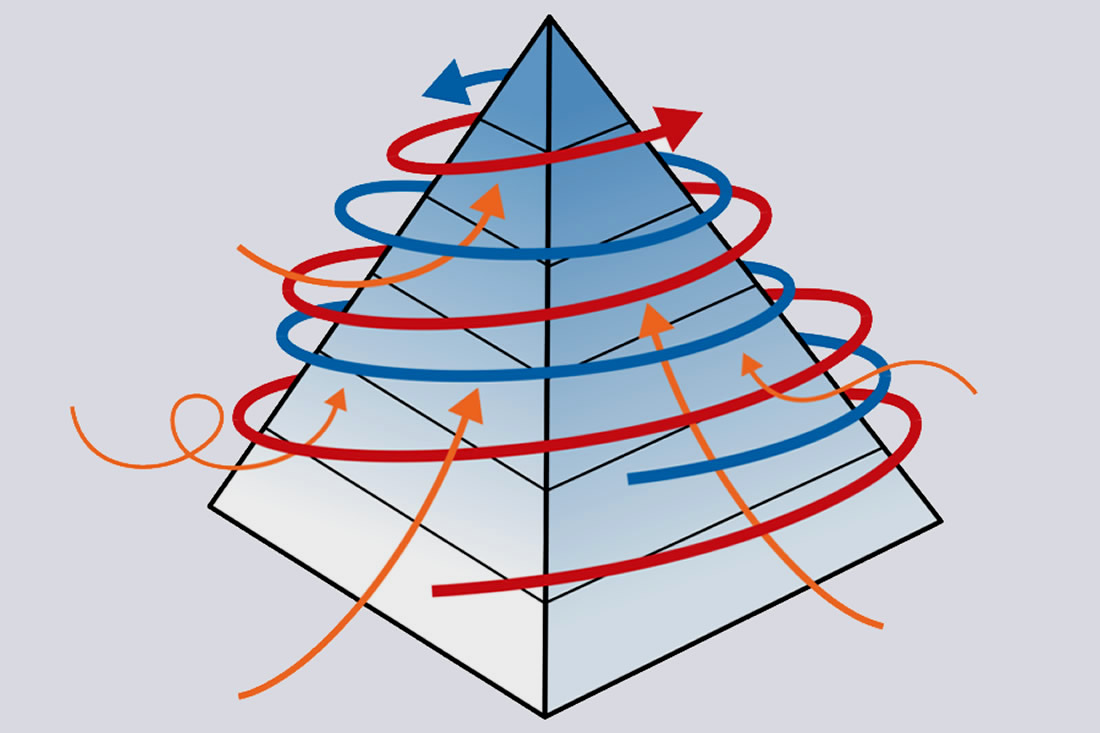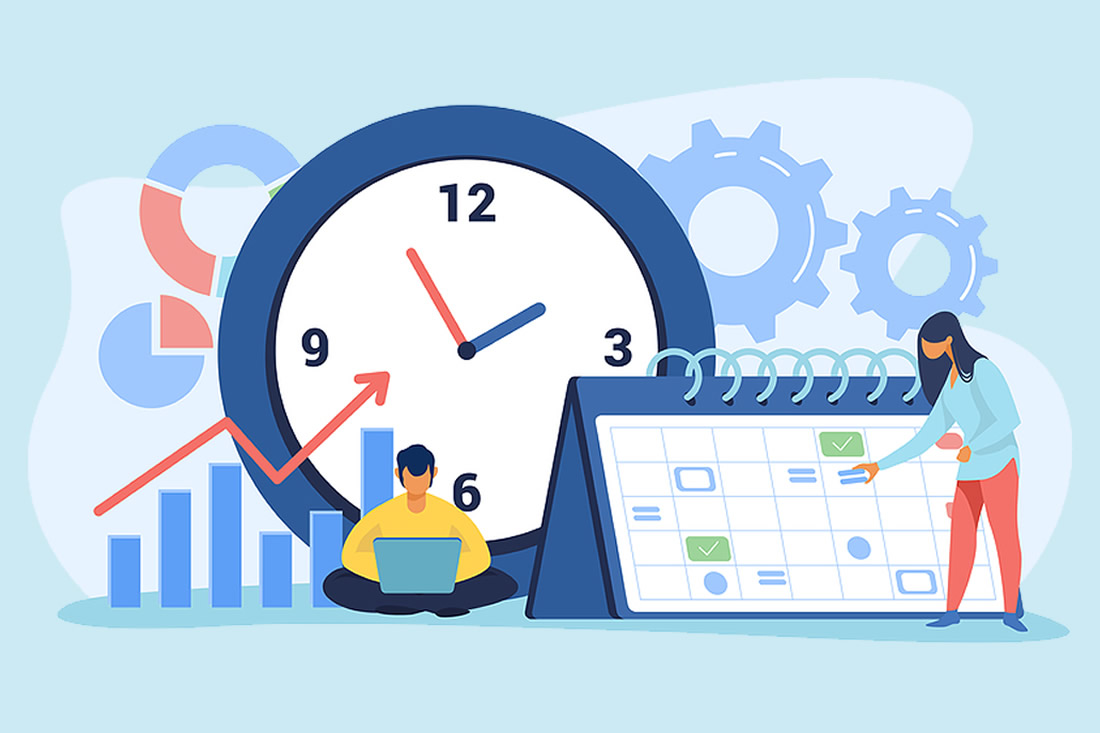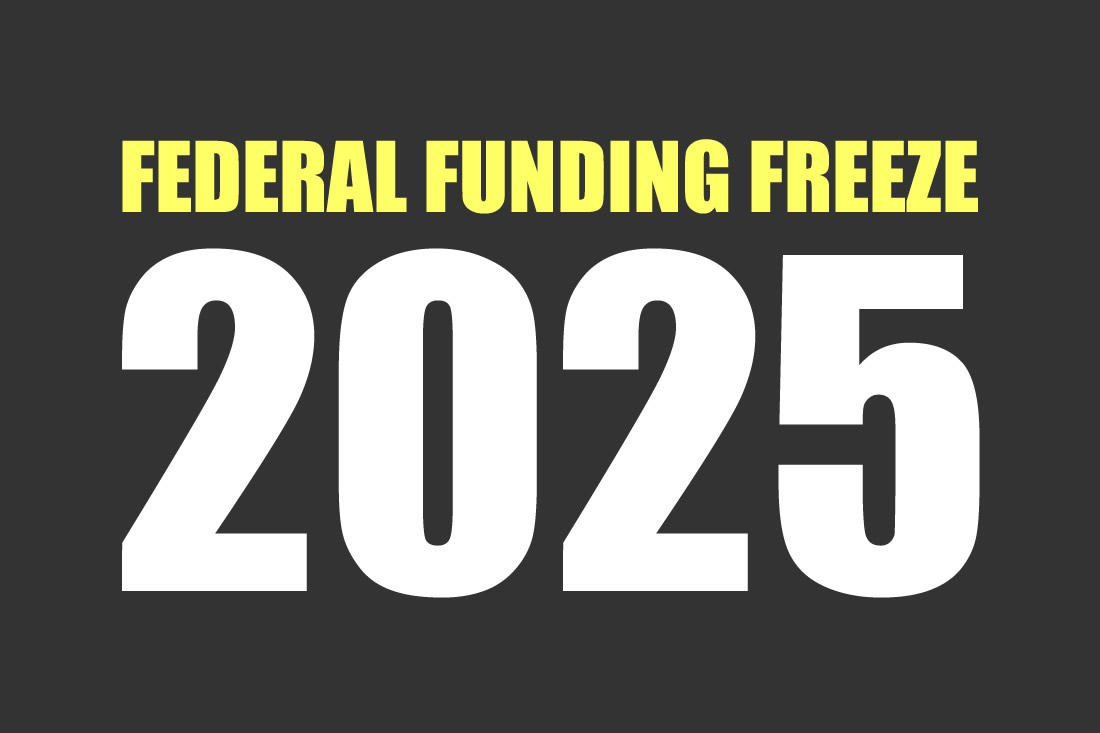The Donor Pyramid: Focus Your Capital Campaign in All the Right Places

Feel overwhelmed as you think about your capital campaign? Wonder how you’ll ever raise the money?
The Donor Pyramid — a concept related to the gift pyramid — can help you find your way.
How the Donor Pyramid fits with Capital Campaigns
These days we connect with donors from a great many places. Some might be introduced to your cause by a board member. Others take part in your programs. And still others are introduced to you through the remarkable whirlwind of social media.
But amidst this array of opportunities, your capital campaign will demand that you focus your time and attention where it’s likely to get the biggest results. And the donor pyramid will help you do that.
As you probably know, in fundraising, while all donors are important, not all donors are equal. The donor pyramid is a simple schematic from which you can build the tools you need to run a successful campaign.
The donor pyramid helps make sense of this complexity by reminding us to focus a disproportionate amount of attention on the precious few donors who can breathe life into our mission in the way that small donors, even collectively, cannot.
Social Media has Energized the Donor Pyramid
Social media has made the donor pyramid more important than ever. Amidst the constant swirl of digital contact and influence and friending and tweeting and liking and big data, more than ever we need something to help maintain our focus where it will make the biggest difference.
The donor pyramid is a simple image that reminds us that in fundraising — as in most everything (with thanks to Wilfredo Pareto) — the greatest returns come from a small percentage of donors at the top.
This pattern hasn’t eroded over the years; it’s become even more true as income discrepancies grow. And for the most effective fundraising, we must have the courage and discipline to build strong relationships with those large donors.
Don’t Lose the Donor Pyramid in the Social Media Vortex
Social media has (and continues to) transform our world. It expands our reach and it can keep your donors smiling and enjoying and feeling good.
If you’re not making great use of social media, you’re missing something important. But if the time you spend on building your social network sucks your focus away from the top levels of the donor pyramid, you’re not raising anywhere near what you might.
Consider the following:
- People who can give large gifts aren’t likely to do so because they’re swirling around the social vortex! Find and engage them that way — but remember, that’s just the beginning.
- The largest donors will give big gifts because you’ve taken the time and energy to find out who they are and what they’re passionate about.
- Really engaging donors is time consuming and scary for many people. And you may find it tempting to hunker down behind the safety of your computer instead of building personal relationships with donors.
Be sure you don’t focus on the fantastic opportunities to expand your social media family at the expense of the most important in-person major donor work! Even in today’s world of crowd sourcing and social media, personal attention focused on major donors is critical.
A Real-World Example: The Donor Pyramid with Social Media
I once helped a young, savvy nonprofit with their $40,000 Kickstarter campaign.
And guess what?
At the end of the campaign that used both in-person asking and online giving supported by a large and effective social media push, 80% of the gifts had come from about 20% of the donors. And the great percentage of the larger gifts resulted from personal attention!
The donor pyramid provided the organizing structure for that Kickstarter campaign and the social media vortex energized the base.
Here’s the reality — if we had relied entirely on the energy of social media, this remarkable little organization would have missed a great percentage of their gifts of $1,000 plus. And they would have raised closer to $10,000 than to the $40,000 they actually raised.
How Did We Do It?
We created a clear and specific gift range chart that called for:
- 1 gift of $10,000,
- 2 gifts of $5,000,
- 3 gifts of $2,500, and so forth.
Then we added the names of the people on their lists who could give at each level. We assumed that most of the low-level gifts of $100 or less would come in as a result of their social medial network.
But throughout the campaign we maintained unwavering focus on identifying, getting to know, and asking the people who could give the higher gifts.
These basic major gift practices aren’t going away any time soon. They work for large organizations and small. They work for “crowd-sourced” fundraising campaigns. They work for capital campaigns. And the donor pyramid will even work for annual funds.
Dance the Hora and the Tango with Your Donors
I’ve long believed that the most effective fundraisers I know are those people who are good at both big-picture thinking and details. They are great at coming up with and articulating big ideas. They are also great at writing small, personal thank you notes and keeping track of what their donors love.
Now, you’ve got to add to your skills the ability to dance in the fast-paced and chaotic energy of social media while you laser-focus on the donors whose gifts can make the biggest difference.
In other words, you’ve got to be able dance the hora with a large group at the same time you tango closely with your key donors. That beautiful donor pyramid reminds us why it’s so important to focus our attention as fundraisers in the right places.
Free Capital Campaign Resources
Check out the many free campaign resources we offer to help you get a handle on your capital campaign.



Leave a Comment